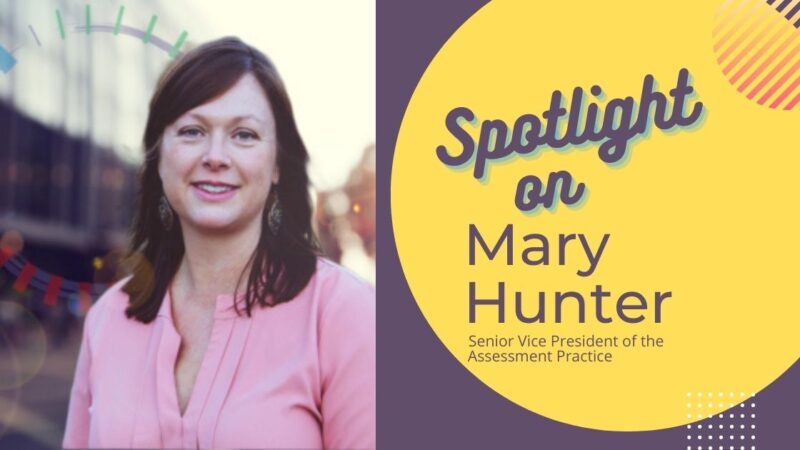Managing Change: Stakeholder Alignment
September 7, 2022
Managing change is a complex process that entails engaging diverse and disparate groups of stakeholders. Often these various stakeholders have different priorities within the workplace despite everyone working toward a supposedly common goal of organizational success in one way or the other. However, when it comes to engaging these individuals and groups the process can be a bit sticky, given the degrees of buy-in expressed by stakeholders of the changes they are being asked to accept.
So how do we go about aligning the interests and priorities of sometimes competing stakeholders? Employees are critical of course, but no more so than other crucial impacted groups, including the C-Suite, shareholders, customers, and suppliers. All of these groups of individuals may be demanding something that others resist. We see this in the ongoing and evolving discussion around remote and hybrid work in some countries—and especially in the U.S. right now.
Hanlie van Wyk, Kat Potts, and Reggie Ponder, all of whom work for The Kaleidoscope Group, discussed this hot topic in an episode of the firm’s Becoming Inclusive Podcast. Hosted by Potts and Ponder, Van Wyk, a native South African, joined the podcast co-hosts as a guest because of her expertise as a global engagement leader and consultant—working across borders and cultures to help organizations manage the change process.
To establish alignment between employees and leadership both have to find common ground. According to Van Wyk, the way to accomplish this is to “define, declare and demonstrate”—which is at the core of stakeholder alignment.
The Three Step Approach
Step one is to define, says Van Wyk. In straightforward terminology that translates to “the why,” or the business or personal value of the desired change. Personal value is important of course because it allows for a deeper degree of involvement and potential adoption. She makes a strong case by asking how could a person be passionate about something they have no personal connection to, and that’s a valid statement, although not obvious to many.
In addition to defining “the why,” leaders and change managers need to define what success looks like and then make the case that everyone benefits from the success that ensues if consensus is reached; while also considering how they will go about measuring the outcome in the end.
Step Two
Step two is to declare. At this stage, the decision to change has been made and leaders and employee advocates need to communicate often and frequently with a consistent message or messages crafted specifically for each stakeholder group. During this phase, everyone should understand who is involved and who is accountable. Some use the RACI methodology to manage change which stands for Responsibility, Accountability, Consultation and Informed from the viewpoint of change enablers. The informed are often the most difficult group to engage since they may not have much involvement in the process.
The final step is to demonstrate. We all model certain behaviors—some good and some bad. The goal at this stage is to model the desired changes and behaviors for those that may not have knowledge or competence in the area of change we want—as is often the case with inclusion or DEI-specific change. Who hasn’t been taken aback by people who demonstrate a “Do as I say, Not as I do” mentality? It simply only stokes resistance and even the opposite of what you want to accomplish in the end.
Understanding stakeholder alignment and knowing how to accomplish it simply isn’t for the faint-hearted. It’s challenging and often frustrating work—but when done right it pays valuable dividends for everyone.


